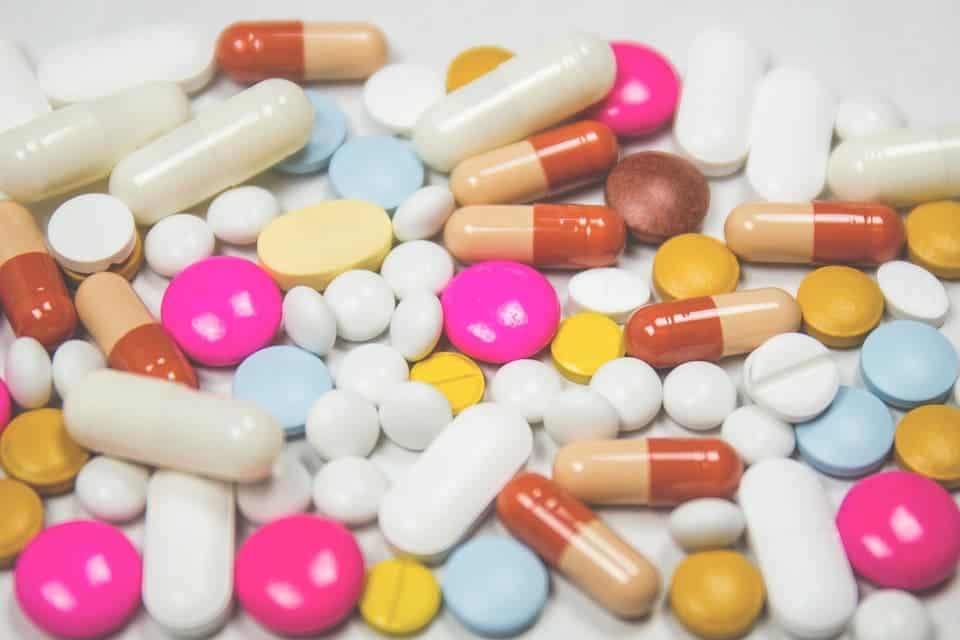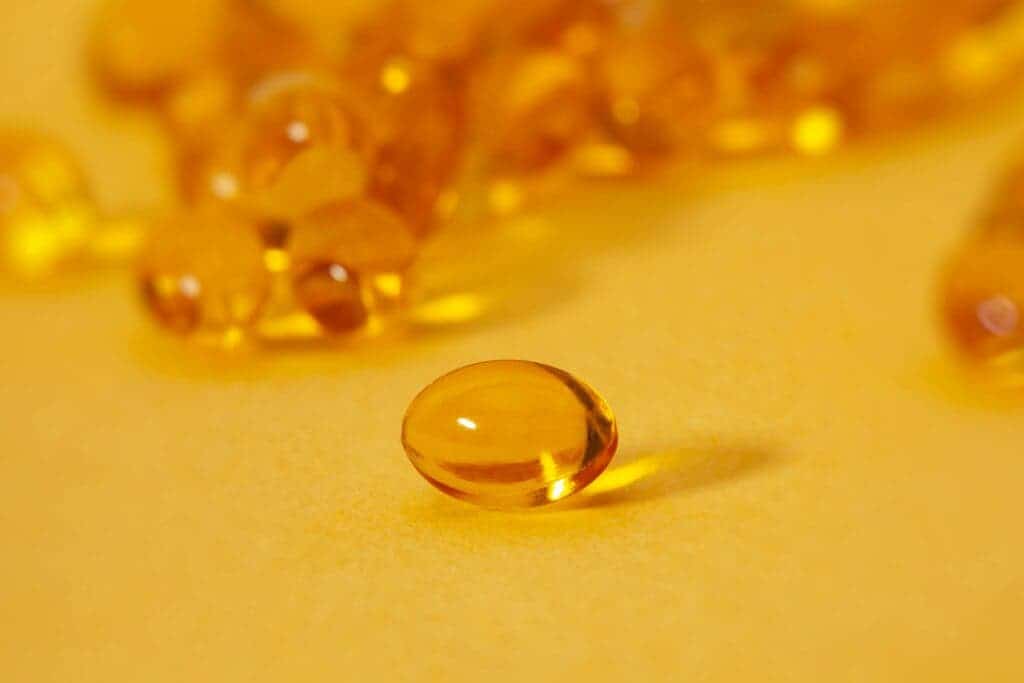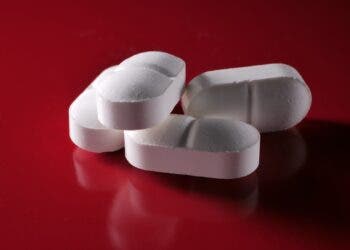
Some people take recreational drugs to escape reality but there’s a growing cultural movement that involves using substances in order to heighten one’s relationship to reality. Nootropics, also known as “smart drugs”, are an emerging class of drugs that promise to enhance memory and cognitive functions. They’re increasingly used by many professionals in order to boost their ability to think under stress, stay alert, and generally be more productive. Like Olympic athletes who always want to push their bodies to the limit, some want to chemically tweak their brains for peak performance. It’s no surprise that the epicenter of the smart drug movement — and ‘biohacking‘ in general — is in Silicon Valley.
Mind-bending enhancers
But are these drugs all that they claim to be? The reality is that there is little convincing scientific evidence to suggest that they significantly boost performance. Some may even cause health issues.
Nootropics — a combination of the Greek words “nous” (mind) and “trepein” (to turn or bend) — have been around for more than 50 years. They were first synthesized by Dr. Corneliu E. Giurgea, a Romanian chemist and psychologist, who also made a list of requirements for a substance to be classed as a nootropic. According to Giurgea, a nootropic must:
- enhance memory, concentration, and motivation;
- manage mood, depression, and anxiety;
- increase physical performance;
- allow new thought patterns;
- protect brain cells;
- enhance sleep.
A nootropic should provide one or more of these positive outcomes without any negative side effects or toxicity. For instance, caffeine shouldn’t be considered a nootropic because it can cause dependence and withdrawal in some habitual users. They can be taken alone or as a “cocktail” — a so-called nootropic stack of two or multiple supplements.
Nootropics — we don’t know enough yet
But do nootropic cocktails actually work on healthy people?
“Who the heck knows?” Kim Urban, a Philadelphia neurophysiologist who has studied the effects of nootropics, told Scientific American. “So few studies have been done, and those that have were not the most controlled trials.”
One of the most common nootropics — and actually the first such drug synthesized by Giurgea himself — is piracetam. Evidence suggests that it might help with neurological conditions such as seizures, anxiety, and depression. It was also effective in the treatment of cognitive disorders of cerebrovascular and traumatic origins. But according to a 2012 study, the nootropic did not improve memory and cognition in patients with dementia or cognitive impairment. No significant improvements were recorded for healthy individuals either, despite the fact that piracetam continues to be widely used as a “smart drug”.
The most popular smart drug among students is by far modafinil (commonly known as Provigil). The drug was designed to treat narcolepsy (people having trouble sleeping), ADHD, and cognitive fatigue resulting from a medical condition or injury. But although it is a prescription drug, many healthy students use such nootropics for learning. Relatively small studies showed that healthy individuals taking modafinil have improved planning, working memory, better reaction time, and spatial planning. Another study which involved 39 male chess players showed that modafinil and methylphenidate (frequently known as Ritalin or Concerta) can improve their performance. However, these enhancements came at the cost of speed — players who took the drugs had slower reaction times.
“This suggests that neuroenhancers … improve the players’ ability or willingness to spend more time on a decision and hence to perform more thorough calculations,” the authors wrote.
Modafinil’s delayed effect was reported by a different study which found that the “administration of single 200 mg doses of modafinil to healthy individuals increased the latency of responses in the performance of the HSCT (Hayling Sentence Completion Test), a task that is highly sensitive to prefrontal executive function, without enhancing accuracy of performance.” Writing for Science Based Medicine, Steve Novella puts these findings into context:
“As a stimulant modafinil increases brain function, including frontal lobe executive function. When performing a cognitive task there is often a tradeoff between speed and complexity of processing. Executive function sacrifices speed for complex higher cognitive function. If you have impaired executive function, this tradeoff is worth it. Modafinil can shift the balance back towards a more optimal state.”
“In the healthy individual, however, you are shifting the balance away from an optimal state, slowing things down without any further gains in accuracy. Therefore modafinil can be a net gain in individuals with ADHD, but a net loss in healthy individuals, and that is what the preliminary clinical data shows.”
A 2014 study found that Ritalin — a favorite among biohackers in the Valley — can backfire, reducing the plasticity of the brain’s neural pathways and potentially causing long-term harm.
Nootropics are certainly interesting and worthy of more attention. Whether or not some of them might prove effective at enhancing cognitive performance is still debatable, especially regarding their long-term side effects — and just because a pill improves cognitive decline or impairment in ADHD, narcolepsy, and Alzheimer’s patients that doesn’t mean it will boost performance in healthy individuals. Ultimately, people will also have to decide whether a hyperproductive lifestyle is worth their time, energy, and long-term health. Perhaps, a good life is a happy life — and not an ‘optimal’ life.







